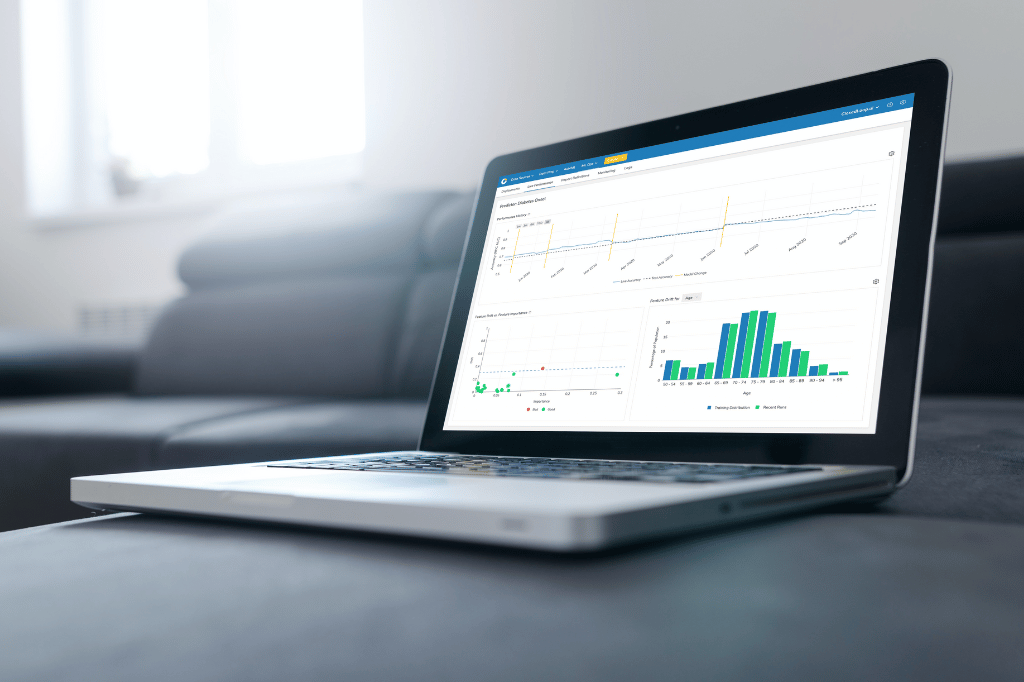Predict | Prior Authorizations
Streamline prior authorization and expedite access to care.

Administrative prior authorization (PA) processes have been estimated to contribute as much as $25 billion annually to total healthcare costs and can significantly delay care for patients. PA was designed to act as a patient-safety and cost-saving measure to ensure appropriate utilization management, but the massive administrative burden is taxing for both providers and payers.

BUILT FOR HEALTHCARE
Ingest, normalize, and blend data
from dozens of health data sources.
Electronic Health Records
Unstructured Clinical Notes
e-Prescribing Data
Vital Signs
Remote Monitoring Data
Medical Claims
Rx Claims
ADT Records
Lab Test Results
Social Needs Assessments
Social Determinants of Health (SDoH)
Operations & Services
Likelihood of prior authorization approval for alkylating agent prescription

Patient ID
Gender
Age
Risk Score Percentile
456382937
Female
77
95
Impact on risk
Contributing factor
Value
Diagnosis of Follicular Non-Hodgkin Lymphoma (12M)
Aug 2020
e-Rx for R-CHOP
Jun 2018
Procedure for Radiation Therapy (2)
Mar 2018
Procedure for Lymph Node Biopsy (12M)
Aug 2020
AI INFORMS ACTION
Pinpoint high-risk individuals and surface actionable risk factors.
ClosedLoop generates explainable predictions using thousands of auto-generated, clinically relevant contributing factors.
Accelerate
Accelerate patient access to approved treatment options
Automate
Automate the clinical review process for requests that are highly likely to be approved
Determine
Determine payer requirements and surface necessary patient data automatically
EXPLORE MORE USE CASES











